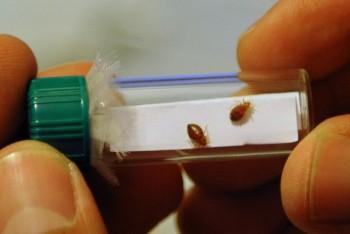NEW YORK—Few prehistoric cultures are as widely known as the Greek one. We have all seen the rich findings from ages ago—the beautiful frescoes, the detailed vases, the golden masks and coins.
But what you may not know is that there is a big chance that the fresco you have seen is not what the find originally looked like. Actually, many of the most recognizable and well-known images of prehistoric Minoan and Mycenaean culture are not original works, but creative reproductions, skillfully painted and put into place by famed art restorers E. Gilliéron & Son.
The Metropolitan Museum of Art owns the largest collection of Gilliéron reproductions in existence. These were displayed in the museum during the early 1900s. The interest in prehistoric Greek culture was high at the time, partly due to the archeological excavations made by Arthur Evans at Knossos, on the island Crete, and Heinrich Schliemann at Mycenae, both in Greece.
Emile Gilliéron and his son, also named Emile, worked with these discoveries, and the results were sought after by museums as well as private collections. The exhibit currently at the Met not only tells about prehistoric Greece but also about the history of archeology.
“This exhibition is kind of a historic exhibition,” Seán Hemingway, curator at the Department of Greek and Roman Art of the Metropolitan Museum of the Art, said.
“Major works were not leaving Greece, so the only way for us to show [the findings] was through these reproductions. At the time there was a lot of excitement about these discoveries and so this was a way at a time before mass media to show what the colors were like, and the scale of these objects through reproductions,” he said.
The works of E. Gilliéron & Son were not only important for the museums that wanted to perfect their collections but also made prehistoric culture much more widely available to the masses. Through showing people what these archeological findings looked like, knowledge about past Greek culture and legacy could spread across the world, at a time when the original items could not leave Greece.
But the Gilliérons did not only make accurate copies of what was already there. In fact, most of the watercolors are not exact replicas of what was found at excavation sites like Knossos and Mycenae. The reason? It is simply very hard finding complete frescoes from ancient times.
What is actually preserved is very fragmentary, and only bits and pieces are found, making for a puzzle that can prove difficult to solve. This is where the Gilliérons would enter the picture.






